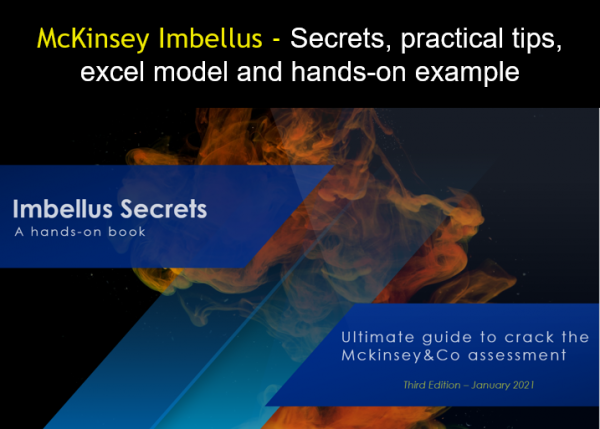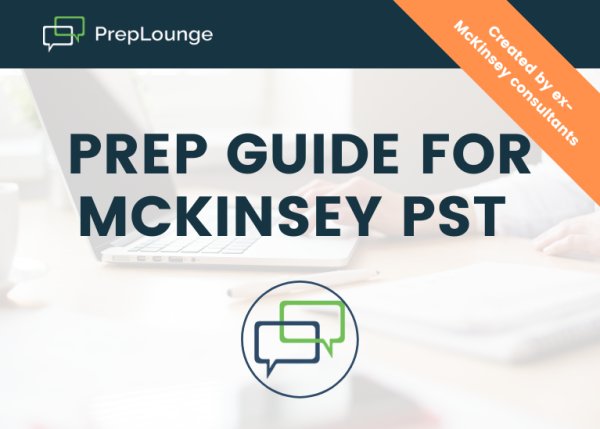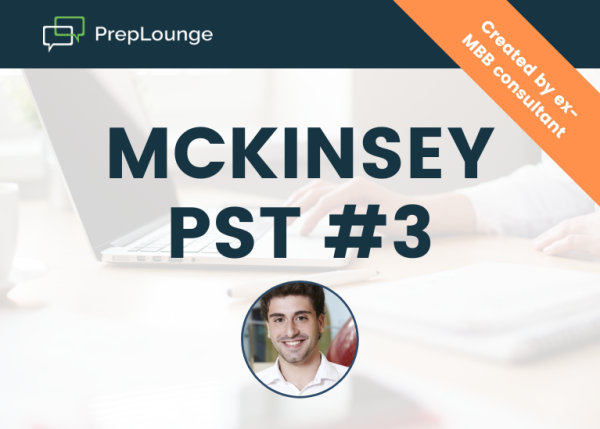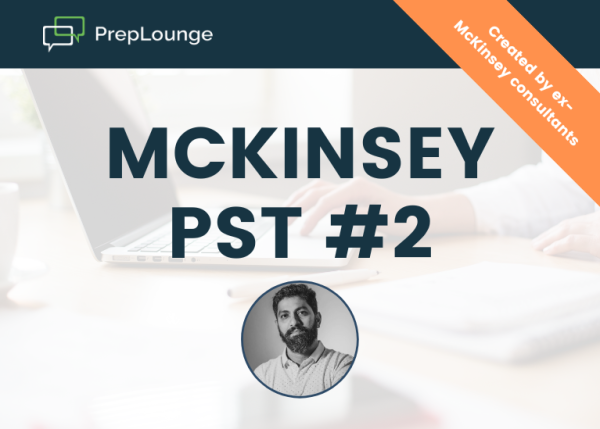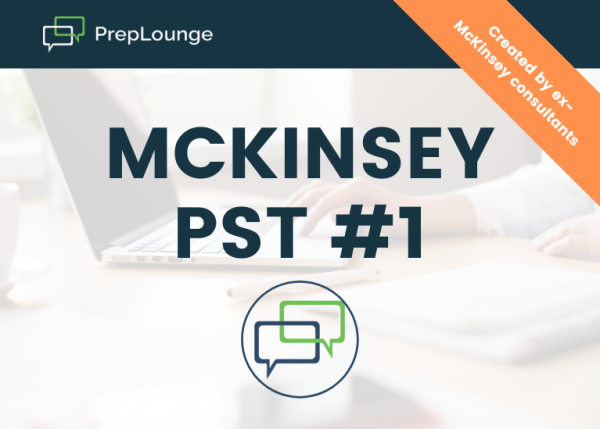Dear experts,
after rephrasing the prompt given to me, I have the chance of asking clarifying questions such as "are there any other objectives?", "by how much dropped profits?", "is that an industry-wide problem?", "what does X mean?", etc. In an interviewer-led case, I am guided by the interviewer towards the aspects to be investigated, so there might be clarifying question which should not be asked, which would/could be asked in an interviewee-led case. Could you please provide advice on which questions should definitely NOT be asked in an interviewer-led case that would/could usually be asked in an interviewee-led case? Or is a distinction not required? In this respect, are there any other recommendations that need to be borne in mind?
Help would be much appreciated!
Kind regards






